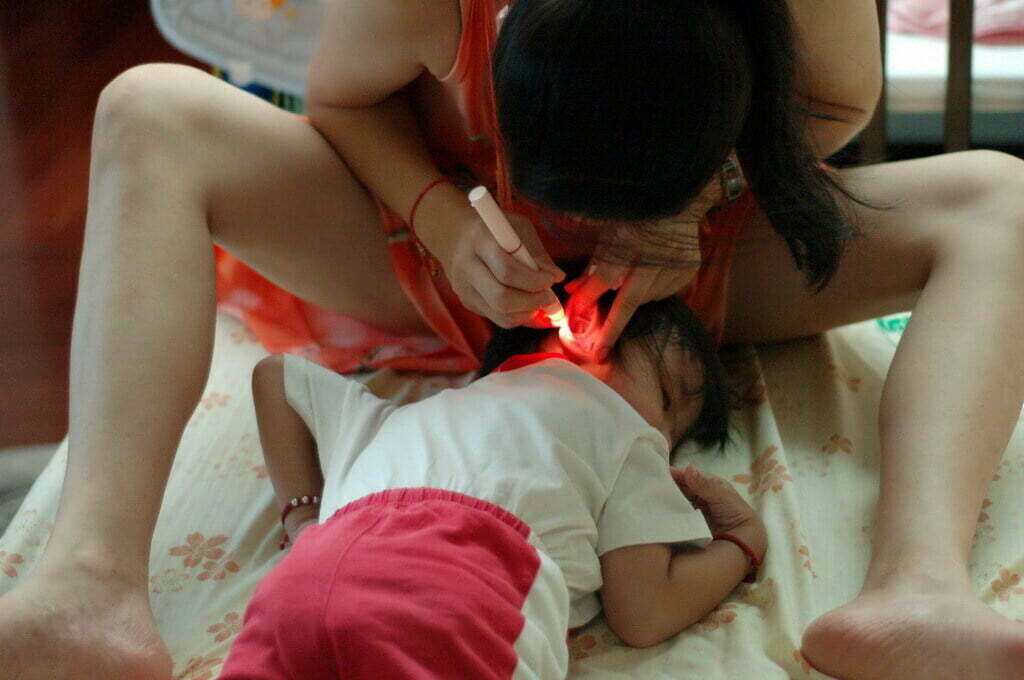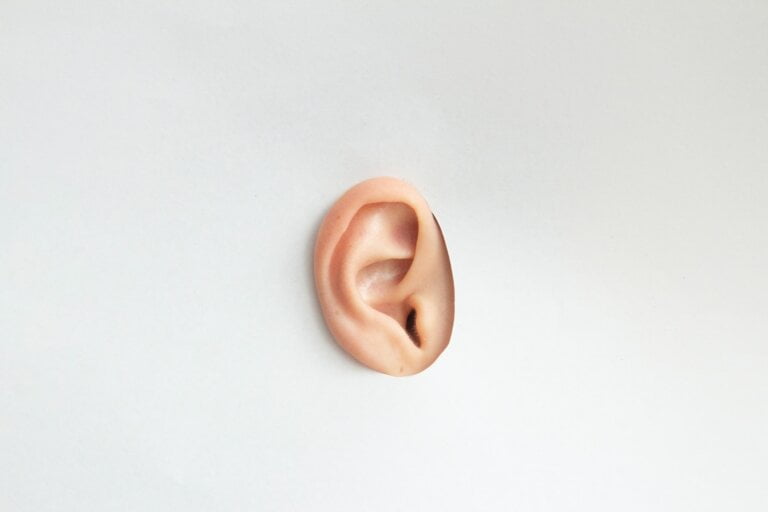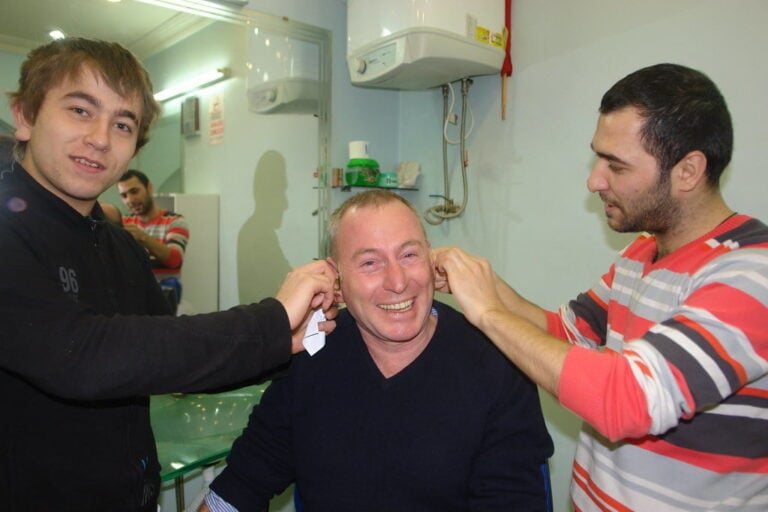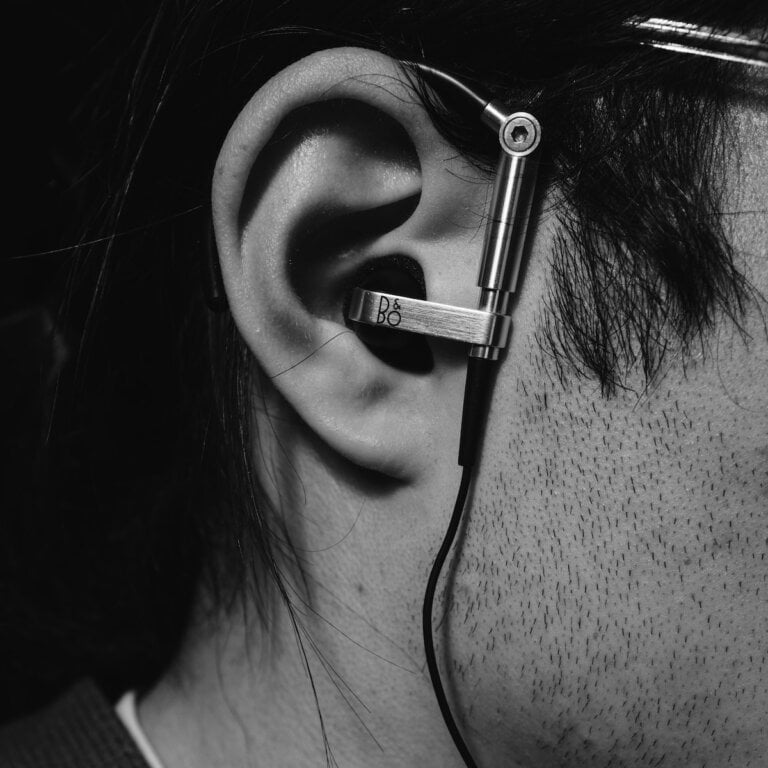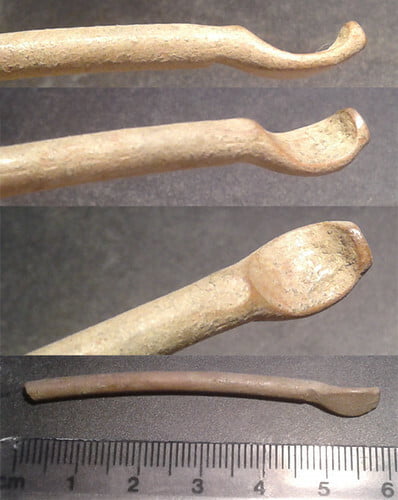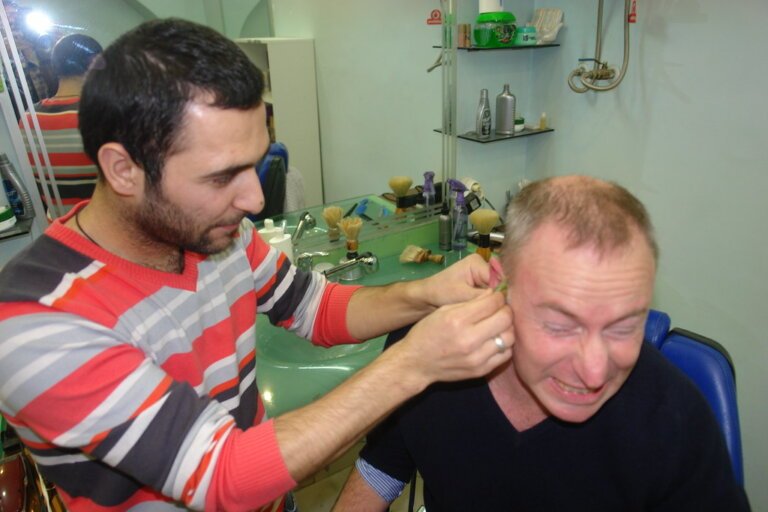What to Expect from a Manual Instrument Ear Wax Removal Apprenticeship
When considering a career in manual instrument ear wax removal, an apprenticeship can provide valuable hands-on experience and training. This article aims to provide a comprehensive guide on what to expect from a manual instrument ear wax removal apprenticeship, covering various aspects such as the training process, skills development, and potential career opportunities.
Understanding the Apprenticeship Program
An apprenticeship program in manual instrument ear wax removal is designed to equip individuals with the necessary skills and knowledge to safely and effectively remove ear wax using handheld instruments. The program typically combines both theoretical and practical training, allowing apprentices to gain a deep understanding of the human ear anatomy, ear wax removal techniques, and infection control measures.
The apprenticeship program is structured to provide a holistic education in manual instrument ear wax removal. It covers a wide range of topics, including the anatomy of the ear, ear wax buildup, instrument selection and techniques, infection control and safety, and patient communication.
Anatomy of the Ear
In the manual instrument ear wax removal apprenticeship, apprentices will learn about the structure and functioning of the ear, including the external ear, middle ear, and inner ear. Understanding the anatomy is crucial for identifying potential issues and performing ear wax removal procedures safely.
Apprentices will delve into the intricacies of the ear, learning about the different parts and their functions. They will study the external ear, which consists of the pinna and the ear canal, and understand how sound waves enter the ear. The middle ear, which includes the eardrum and the ossicles, will also be explored in detail. Apprentices will learn how these components work together to transmit sound vibrations to the inner ear. Finally, they will examine the inner ear, which houses the cochlea and the vestibular system responsible for hearing and balance.
By gaining a comprehensive understanding of the ear’s anatomy, apprentices will be able to identify any abnormalities or potential complications during the ear wax removal process.
Ear Wax Buildup
Apprentices in the manual instrument ear wax removal apprenticeship will gain insights into the causes and symptoms of ear wax accumulation. They will learn how to distinguish between impacted and non-impacted ear wax, as well as recognize signs of infection or other underlying conditions.
Ear wax, also known as cerumen, is a natural substance produced by the ear to protect and lubricate the ear canal. However, excessive or impacted ear wax can cause discomfort and hearing difficulties. Apprentices will learn about the factors that contribute to ear wax buildup, such as the use of hearing aids, earplugs, or the anatomical shape of the ear canal.
Furthermore, apprentices will develop the skills to assess the severity of ear wax accumulation and differentiate it from other ear conditions. They will be trained to recognize signs of infection, inflammation, or blockages that may require further medical attention.
Instrument Selection and Techniques
This portion of the training focuses on the different manual instruments used for ear wax removal, such as curettes, forceps, and suction devices. Apprentices will learn proper instrument handling, positioning, and the techniques required for effective ear wax removal.
During the manual instrument ear wax removal apprenticeship, apprentices will become familiar with the various tools used to remove ear wax. They will learn about the different types of curettes, which are small scoops or loops used to gently remove ear wax from the ear canal. Forceps, which are delicate tweezers, may also be utilized to grasp and extract larger or hardened wax. Additionally, apprentices will be introduced to suction devices that can safely and efficiently remove excess ear wax.
Apprentices will be trained on the correct usage and manipulation of these instruments, ensuring they have the necessary skills to safely navigate the ear canal and remove ear wax without causing any harm or discomfort to the patient.
Infection Control and Safety
Ensuring a safe and hygienic environment is of utmost importance in any manual instrument ear wax removal procedure. Apprentices will be taught infection control protocols, including proper hand hygiene, sterilization techniques, and the use of personal protective equipment (PPE).
Infection control is a critical aspect of manual instrument ear wax removal to prevent the spread of infections and maintain patient safety. Apprentices will learn the importance of hand hygiene and the proper techniques for hand washing and sanitization. They will also be educated on the appropriate use of personal protective equipment, such as gloves, masks, and goggles, to protect themselves and their patients from potential infections.
Furthermore, apprentices will gain knowledge of sterilization techniques for the manual instruments used in ear wax removal. They will understand the importance of maintaining a clean and sterile environment to minimize the risk of cross-contamination.
Patient Communication
Effective communication skills are vital when dealing with patients during ear wax removal procedures. Apprentices will learn how to effectively explain the process to patients, address their concerns, and provide aftercare instructions.
During the apprenticeship, apprentices will develop the ability to communicate clearly and empathetically with patients. They will learn how to explain the ear wax removal procedure in a simple and understandable manner, ensuring that patients are aware of what to expect during the process. Additionally, apprentices will be trained to address any concerns or anxieties that patients may have, providing reassurance and support throughout the procedure.
Furthermore, apprentices will be taught how to provide aftercare instructions to patients, including proper ear hygiene practices and any necessary follow-up appointments. Effective patient communication is essential for maintaining a positive patient experience and ensuring their overall satisfaction with the ear wax removal service.
Skills Development and Assessment
Throughout the apprenticeship, there will be opportunities to develop and refine various skills essential for manual instrument ear wax removal. These skills include dexterity and hand-eye coordination, attention to detail, and problem-solving.
-
Dexterity and Hand-Eye Coordination: Precision is crucial when manipulating the manual instruments inside the delicate ear canal. The apprenticeship will focus on improving dexterity and hand-eye coordination through targeted exercises and practical experience. Apprentices will practice using the instruments and develop the necessary motor skills to perform the procedures accurately and safely.
-
Attention to Detail: A keen eye for detail is necessary to identify different types of ear wax accumulations and potential complications. Apprentices will be taught how to observe and analyze the ear canal effectively. They will learn to recognize variations in color, texture, and consistency of ear wax, which may indicate specific conditions or require different removal techniques.
-
Problem-Solving: During the apprenticeship, apprentices will encounter various scenarios and challenges related to ear wax removal. They will develop problem-solving skills to overcome obstacles and select the most appropriate techniques and instruments for each situation. This skill is crucial in providing optimal care to patients and ensuring successful outcomes.
Assessment during the apprenticeship may involve both practical examinations and written tests. Practical assessments will evaluate an apprentice’s ability to perform ear wax removal procedures safely and effectively, while written tests will assess their theoretical understanding of the subject matter.
Career Opportunities
Completing a manual instrument ear wax removal apprenticeship opens up several career opportunities in the field. Some potential career paths include becoming an ear wax removal specialist, an audiology assistant, or establishing an independent practice.
-
Ear Wax Removal Specialist: Graduates of the apprenticeship program can work as ear wax removal specialists in ear clinics, audiology practices, or healthcare facilities. They will be responsible for conducting safe and efficient ear wax removal procedures, providing education to patients, and maintaining infection control standards. Ear wax removal specialists play a crucial role in improving patients’ hearing health and overall well-being.
-
Audiology Assistant: The skills gained during the apprenticeship are valuable in supporting audiologists in their daily practice. As an audiology assistant, individuals can assist with various tasks, including ear wax removal, hearing tests, and patient care. They work closely with audiologists to provide comprehensive audiology services and contribute to the overall patient experience.
-
Independent Practice: After gaining sufficient experience and expertise, some apprentices may choose to establish their own independent ear wax removal practice. This allows them to provide specialized services and potentially expand their practice to include other audiology-related procedures. Running an independent practice offers autonomy and the opportunity to create a tailored experience for patients.
Conclusion
Embarking on a manual instrument ear wax removal apprenticeship offers an excellent opportunity to acquire the necessary skills and knowledge to pursue a rewarding career in this field. The comprehensive training, hands-on experience, and development of essential skills provided during the apprenticeship will equip individuals to safely and effectively remove ear wax and contribute to the overall well-being of their patients. By understanding the curriculum, training process, and potential career opportunities, aspiring ear wax removal professionals can confidently take the first step towards a successful career in this specialized area.
FAQ
1. What is a manual instrument ear wax removal apprenticeship?
A manual instrument ear wax removal apprenticeship is a program designed to provide individuals with the necessary skills and knowledge to safely and effectively remove ear wax using handheld instruments. It combines theoretical and practical training to educate apprentices on the anatomy of the ear, ear wax buildup, instrument selection and techniques, infection control and safety, and patient communication.
2. What will I learn about the anatomy of the ear during the apprenticeship?
During the apprenticeship, you will learn about the structure and functioning of the ear, including the external ear, middle ear, and inner ear. This knowledge is crucial for identifying potential issues and performing ear wax removal procedures safely. You will study the external ear, the middle ear, and the inner ear, understanding how these components work together to transmit sound vibrations and maintain balance.
3. What skills will I develop in the apprenticeship?
Throughout the apprenticeship, you will have opportunities to develop and refine various skills essential for manual instrument ear wax removal. These skills include dexterity and hand-eye coordination, attention to detail, and problem-solving. You will practice using the instruments to improve your motor skills, learn to observe and analyze the ear canal effectively, and develop problem-solving skills to overcome challenges.
4. What career opportunities are available after completing the apprenticeship?
Completing a manual instrument ear wax removal apprenticeship opens up several career opportunities. Some potential paths include becoming an ear wax removal specialist, an audiology assistant, or establishing an independent practice. As an ear wax removal specialist, you can work in ear clinics or healthcare facilities, conducting safe procedures and educating patients. As an audiology assistant, you can support audiologists in various tasks, including ear wax removal. And after gaining experience, you may choose to establish your own independent ear wax removal practice, offering specialized services.

